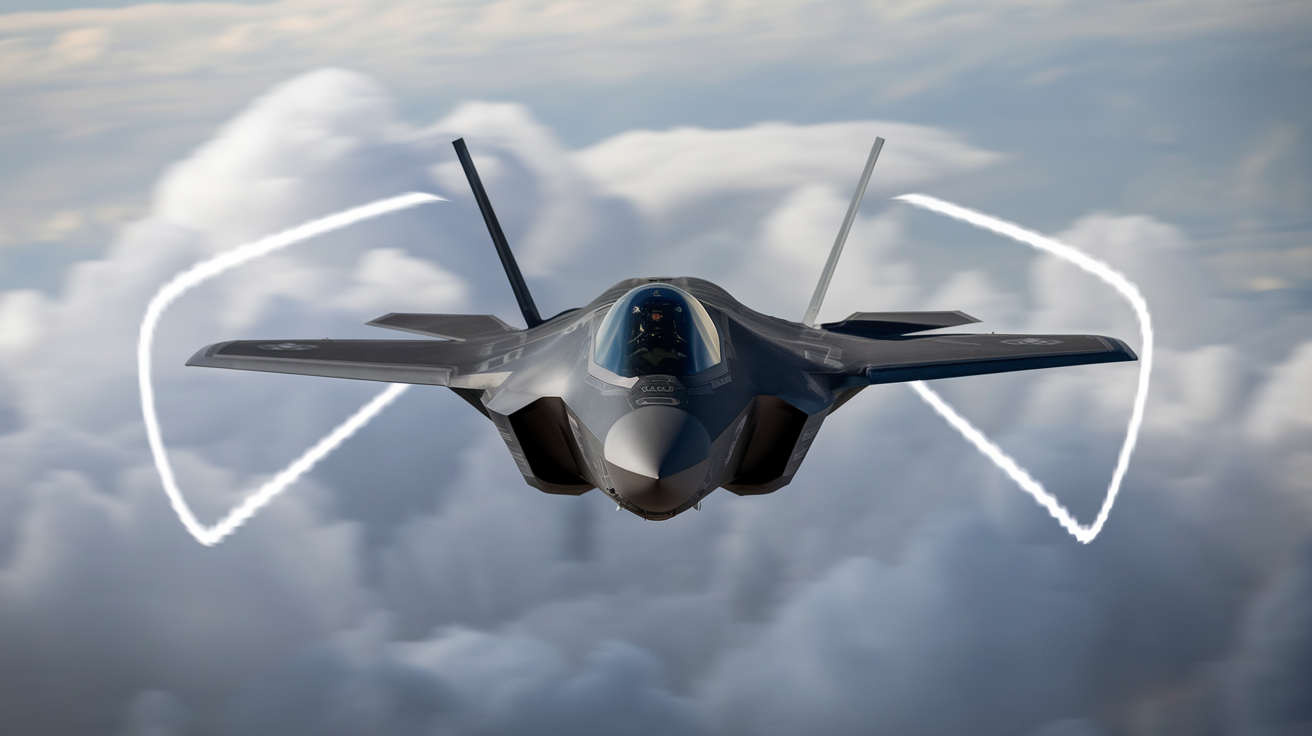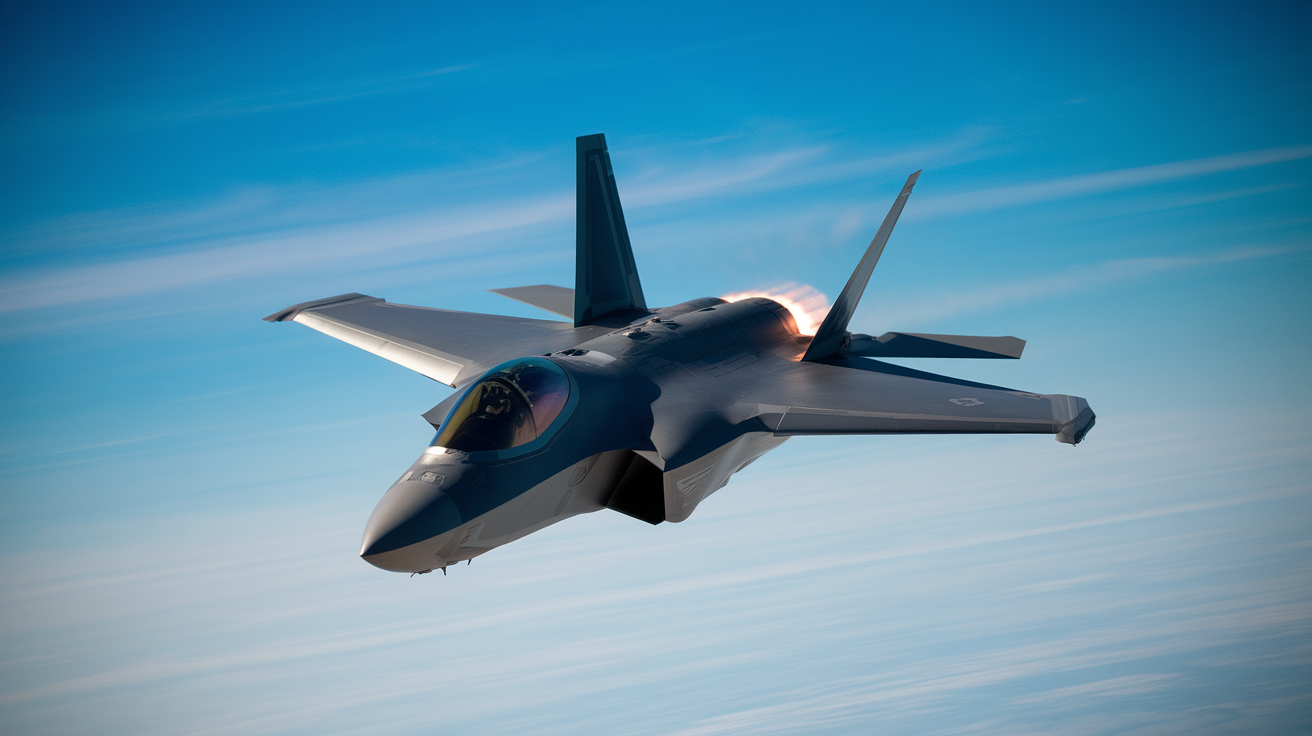
Have you ever wondered what it feels like to break the sound barrier? 🛫💥 Imagine being strapped into a cockpit, heart racing as you accelerate to mind-boggling speeds. Suddenly, the world around you changes – a sonic boom echoes across the sky, and you’ve just accomplished what was once thought impossible.
Understanding the Sound Barrier
A. Definition of the sound barrier
The sound barrier refers to the rapid increase in aerodynamic drag and other effects experienced by aircraft approaching the speed of sound (Mach 1). This phenomenon occurs around 761 mph at sea level, varying with altitude and temperature.
B. Historical significance in aviation
- First broken in 1947 by Chuck Yeager
- Marked a new era in aviation technology
- Paved the way for supersonic flight
| Year | Milestone |
|---|---|
| 1947 | Sound barrier broken |
| 1950s | Supersonic fighter jets introduced |
| 1960s | Commercial supersonic travel |
C. Challenges posed by the sound barrier
The Physics Behind Breaking the Sound Barrier
Airflow and shock waves
As a fighter jet approaches the speed of sound, air molecules compress, forming shock waves. These waves create drag and turbulence, challenging the aircraft’s stability.
Mach number explained
| Mach Number | Speed Relative to Sound |
|---|---|
| Mach 1 | Speed of sound |
| Mach < 1 | Subsonic |
| Mach > 1 | Supersonic |
Transonic and supersonic flight
- Transonic: Mach 0.8 to 1.2
- Supersonic: Mach 1.2 and above
- Challenges: Increased drag, heat generation
Fighter Jet Design for Supersonic Flight

Aerodynamic considerations
Fighter jets designed for supersonic flight incorporate:
- Swept-back wings
- Area rule fuselage
- Streamlined shape
These features reduce drag and manage shockwaves.
| Feature | Purpose |
|---|---|
| Swept-back wings | Delay shockwave formation |
| Area rule fuselage | Minimize transonic drag |
| Streamlined shape | Reduce overall drag |
Engine technology advancements
Powerful engines with afterburners enable fighter jets to achieve supersonic speeds, overcoming increased drag at high velocities.
The Process of Breaking the Sound Barrier
Acceleration techniques
Fighter jets employ powerful afterburners, injecting fuel directly into exhaust for maximum thrust. Pilots gradually increase speed, managing aircraft stability as they approach Mach 1.
Altitude requirements
| Altitude (ft) | Air Density | Speed Requirement |
|---|---|---|
| Sea Level | High | Highest |
| 30,000-40,000 | Low | Lowest |
Higher altitudes with thinner air reduce drag, making it easier to break the sound barrier.
Managing heat and pressure
Notable Fighter Jets That Break the Sound Barrier
Notable Fighter Jets That Break the Sound Barrier
A. F-22 Raptor
The F-22 Raptor leads the pack in supersonic capability, reaching Mach 2.25. Its advanced aerodynamics and powerful engines enable supercruise without afterburners. Here’s a comparison of top supersonic fighters:
| Aircraft | Max Speed |
|---|---|
| F-22 Raptor | Mach 2.25 |
| Eurofighter Typhoon | Mach 2 |
| Sukhoi Su-57 | Mach 2 |
| Dassault Rafale | Mach 1.8 |
| F-35 Lightning II | Mach 1.6 |